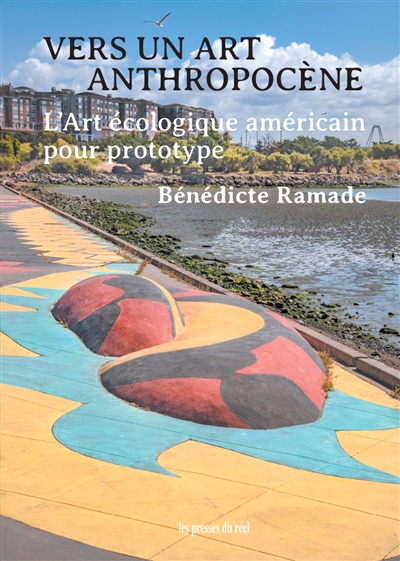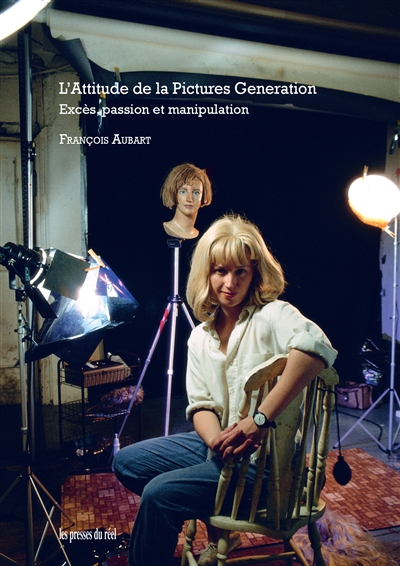par Powell, Richard J. (1953-....)
Thames & Hudson
2021 -
-
Disponible - 707.38 POW
Niveau 3 - Arts
Résumé : The African diaspora – a direct result of the transatlantic slave trade and Western colonialism – has generated a wide array of artistic achievements, from blues and reggae, to the paintings of the pioneering African American artist Henry Ossawa Tanner and video creations of contemporary hip-hop artists. This book concentrates on how these works, often created during times of major social upheaval and transformation, use black culture both as a subject and as context. From musings on “the souls of black folk” in late nineteenth-century art, to questions of racial and cultural identities in performance, media, and computer-assisted arts in the twenty-first century, this book examines the philosophical and social forces that have shaped a black presence in modern and contemporary visual culture. Now updated, this new edition helps us understand better how the first two decades of the twenty-first century have been a transformative moment in which previous assumptions about race, difference, and identity have been irrevocably altered, with art providing a useful lens through which to think about these compelling issues.

 Les bibliothèques de la ville de Paris
Les bibliothèques de la ville de Paris
 Les bibliothèques universitaires
Les bibliothèques universitaires
 La BnF
La BnF
 L'encyclopédie Wikipédia
L'encyclopédie Wikipédia
 L'Encyclopædia Universalis
L'Encyclopædia Universalis
 La bibliothèque du film
La bibliothèque du film
 La médiathèque de la Philharmonie de Paris
La médiathèque de la Philharmonie de Paris












